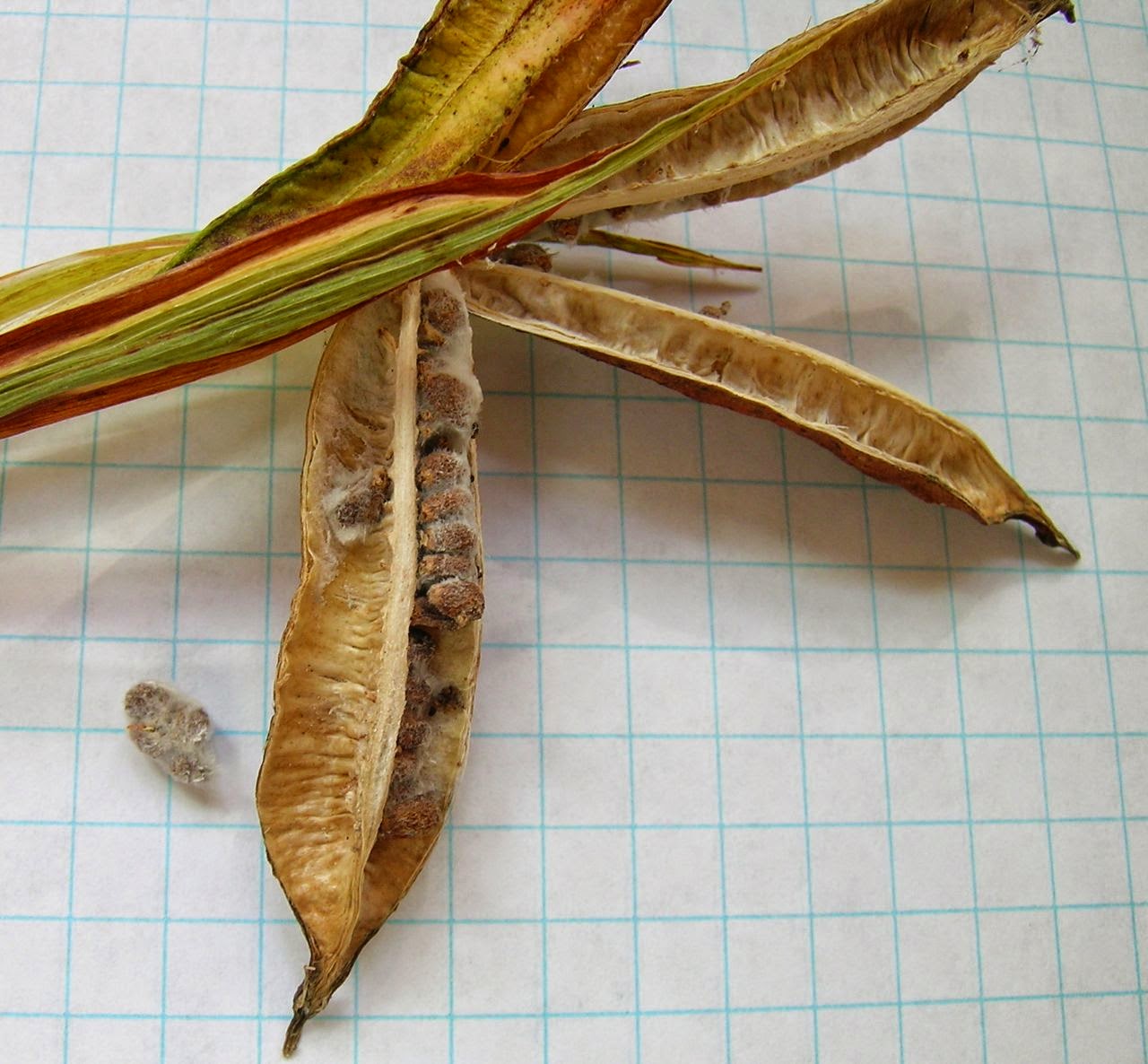By Renee Fraser
Sometimes I see a photo of an iris online and what catches my eye is not the flower, but the setting. I come back to these photos and study them, trying to figure out how to achieve that look in my own garden. Here today I have posted some garden photos from various iris growers around the Internet, so that you can dream a bit and get some inspiration for your own garden Eden.
Santa Cruz, California is a beautiful part of the state with a world-class university and spectacular views of the Pacific and the mountains. It gets decent rainfall for California. Sherry Austin has created a sprawling garden that features huge clumps of Pacific Coast and Tall Bearded Irises, many of the latter historics.
In addition to being a talented gardener, Sherry is an accomplished musician who specializes in folk music. You can hear her for yourself by visiting the website of her group, Henhouse.
In this photo, Sherry mixes New Zealand Flax, sedum, and Pacific Coast Irises in her landscape. |
Below is Sherry's "vegetable" garden. Some of you may have "vegetable" gardens that look like this. From left to right: 'Indian Chief,' 'Whispering Falls', and in the back, 'Aureo variegata'. The roses are 'Fred Loads' and 'Sherry', and they are planted with Lavendula stoechys 'Otto Quast', dahlias, nepeta, sedum, and calendula. I love the wooden fence with the big clumps of irises.
Sherry has big plans for next year, with over a hundred new irises waiting to be planted. I can't wait to see the photos next year!
 |
 |
A spectacular coordinated color display is created with 'Rhinelander', 'Paul Black', Centranthus ruber, and campanula.
 |
In this bed, Joel uses (from left to right) 'Rhinelander', 'Sun Fun', 'World Premier', and 'Cheap Frills' in front, with 'Orinoco Flow' in the background. The companion plants include red Centranthus ruber (aka Jupiter's Beard or Valerian) and shasta daisy 'Becky'. Can you believe the show put on by 'Orinoco Flow'?
 |
 |
Pauline Lavigne has extensive cottage-style gardens with spectacular structures, all tied together with wide swaths of lawn and charming paths. Pauline gardens in Canada, where she grows peonies, daylilies, hostas, and irises, as well as countless other flowers and plants. The jaw-dropping photo below is what first brought her garden to my attention.
Here is the standard dwarf bearded iris 'Cherry Garden', which is the second iris to bloom in Pauline's garden, after iris cristata.
Here's a different view of that first peony/iris combination. You can see the hostas in the background.
And this is another shot of the great garden iris 'Caesar's Brother', an exceptional siberian iris that will even grow in hot inland Southern California. What a color combination!
The last garden I'd like to share is in Minnesota. You may have seen Marte Hult's garden on this blog before. Marte's skill at layering plants en masse is only one of her gardening talents, though. She is also masterful at color coordination and contrast. Here she uses (what else?) 'Caesar's Brother' Siberian iris with masses of yellow historic tall bearded irises. (I really did not plan this PR for Caesar's Brother, I promise.)
This iris is the near-green 'County Cork' looking spectacular with chartreuse sedum.
 |
A cool pink tall bearded iris with chives for a fairy-tale effect.
I hope you enjoyed these gardens as much as I did. Do you use irises in your garden, or do you plant them in separate beds? Leave a comment below, and good luck finding spots for all of those rhizomes appearing in the mail this summer and fall!






































